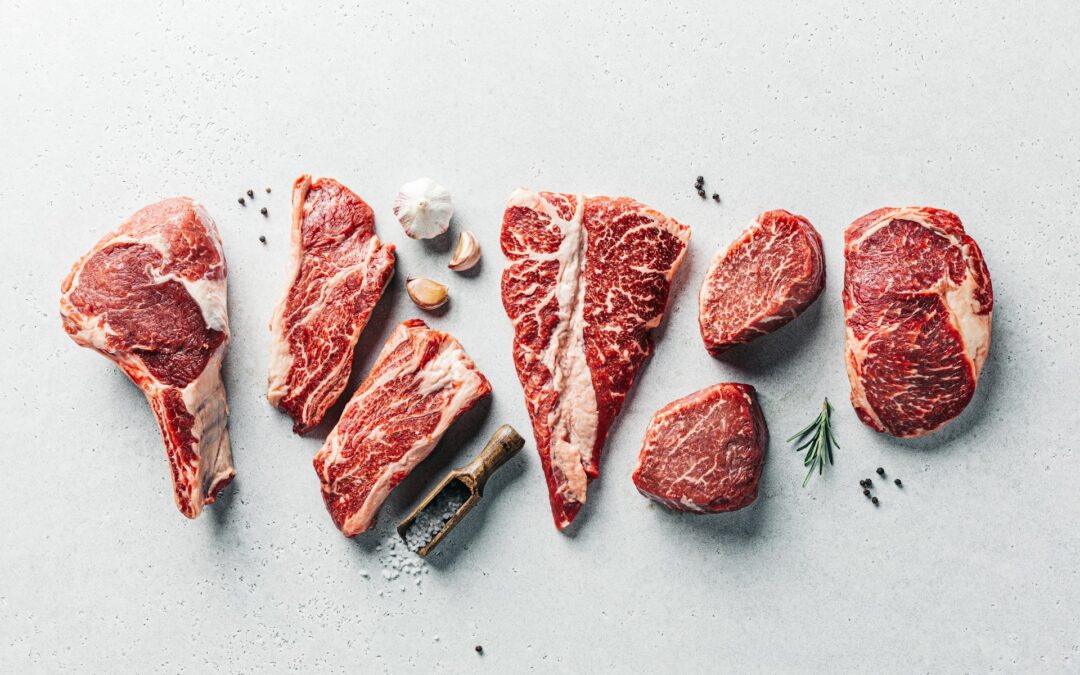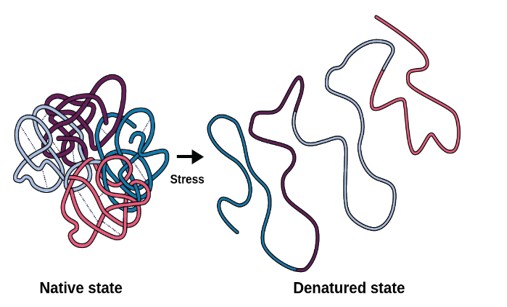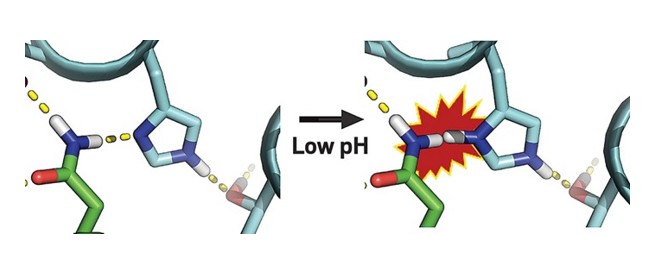
Meat by-product valorization: a scientific recipe for reducing waste
I’ll start by adapting a saying: “One man’s by-product is another man’s treasure.” That is, we can use the waste generated during the production stages of the industry—in this case, the agri-food industry—in a wide variety of ways and with a multitude of applications in different areas.
And how is this done? Well, in our case, we extract (or at least try to) various components of meat byproducts, such as proteins, by applying a series of “tricks” in the laboratory.
To put things in context, let’s first give a brief introduction to proteins. They have a series of properties, such as their structure, that we can use to our advantage to extract them from the matrix in which they are found. As you know, the basic organization of proteins is a “skeleton” of amino acids, known as the primary structure, which, depending on its combination, results in one protein or another. However, apart from this basic organization, we will also have other, slightly more complex aspects: the folding and three-dimensional structure of that chain of amino acids, known as secondary, tertiary, and quaternary structures. This spatial organization is what allows proteins to perform their multiple functions, because it gives rise to the physicochemical interactions between them and other components, applicable from the cellular level to the component level within a food.

Once the theoretical framework is introduced, we can delve deeper into the practical part, which is more entertaining, or so they say. If we change some condition in the laboratory of our protein of interest, such as temperature or pH, we can disturb it enough for it to denature. When a protein denatures, it loses its three-dimensional structure, sometimes in a more dramatic way and, therefore, irreversible. Thus, we can extract them and uncouple them from the rest of the components because we have altered the established chemical bonds.
One way to denature proteins is to change their pH values as desired. By changing the pH of the sample containing proteins, we change the interactions between them and the medium, altering their structure and behavior, for example, affecting their solubility. First, we change the pH, causing them to leave the sample and solubilize in water. Once they are removed from the rest of the sample, we change the pH again, causing them to no longer have charges available to interact with water and precipitate. Finally, by shaking them, we isolate them from the rest of the components of our raw material to obtain a protein concentrate.


And now it’s time to get creative, because after the intricate laboratory process, we move on to the kitchen! These proteins we’ve obtained can be used, for example, as a dietary supplement or as an ingredient in food. This opens the door to endless possibilities, but without forgetting the most important thing: we reduce industrial waste, eliminating byproducts and enabling product development and improvement, because, as they say, nothing goes to waste here!
And that, among many other things, is what we do at CARTIF, we try to use the byproducts of the agri-food industry as widely as possible to reduce the waste it creates, while always supporting a healthy diet.